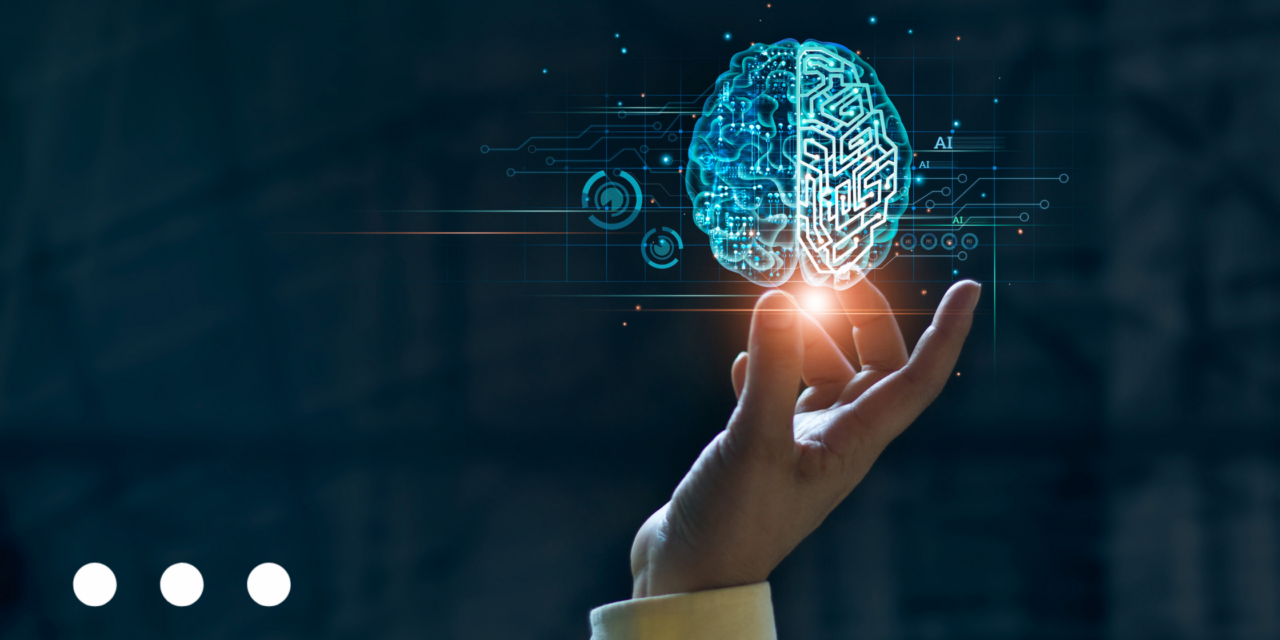Artificial intelligence is making its way into everything these days, from hospitals to law enforcement — and even addiction treatment. AI-powered technologies can collect vast amounts of data, analyze patterns, and make predictions based on the information gathered, making them an invaluable tool in pre-empting the changing needs of someone in recovery.
How can AI be used in addiction treatment?
While person-based treatments like support groups and counseling have shown significant success in relapse prevention, they are not without limitations. The human element can be subject to biases, limitations in availability, and risk of human error. This is where the potential of artificial intelligence comes into play.
- Relapse prevention & detection
One behavioral health center is paving the way and leveraging this new and exciting technology by creating a first-of-its-kind platform. It uses AI to track and analyze patient behavior. The purpose? To predict — and alert others to — identify patterns, triggers, and psychological markers that could be indicative of an imminent relapse.
- Personalized treatment plans
AI can also support relapse prevention by offering tailored recommendations and interventions based on individual needs and preferences. With enough data, such technology could suggest personalized strategies for managing cravings, developing healthy habits, and navigating challenging situations.
As AI continues to evolve, it has the potential to provide increasingly accurate and personalized interventions. Machine learning algorithms can learn from individual experiences and continuously adapt to offer tailored relapse prevention strategies.
- Social support
Better still than detecting relapse is preventing it from happening in the first place. AI has the potential to offer 24/7 chatbots and virtual assistants that can provide round-the-clock support, guidance, and motivation. These virtual companions may also reduce feelings of loneliness and isolation, depending on how sophisticated they are at holding a conversation.
- Identifying drug use
There are already numerous tools using the predictive power of AI to detect alcohol consumption. One uses smartphones for tracking background location data, movement, and phone interactions as a way to indicate when binge drinking has occurred. Another can detect alcohol intoxication through a 12-second voice clip, to name a few. As the technology becomes more refined and sophisticated, the capabilities are sure to increase significantly.
Dealing with alcohol addiction without AI
Artificial intelligence has immense potential for addiction treatment, but there’s no true substitute for human connection. AI is simply a tool to be used rather than a replacement for person-to-person therapy, counseling, and support.
Besides, most everyday people don’t have access to this technology anyway, even if their loved ones are in a specialized treatment facility. And even if they did, many AI addiction resources are still nascent and in the early stages of development.
Until artificial intelligence is more widely available, it’s important to understand the traditional methods of identifying and treating alcoholism.
Recognizing the signs of an alcoholic
Alcohol addiction is characterized by chronic alcohol consumption with the inability to control one’s consumption — even in the face of repeated adverse consequences. However, no two people experience alcohol addiction the exact same way, from the frequency of their alcohol consumption to the reasons why they drink to the way their body reacts to alcohol (which is largely determined by genetics, physiology, and lifestyle).
For these same reasons, alcoholism can vary as well, making the condition difficult to diagnose. Especially in the case of high-functioning alcoholics. Some of the most common signs include:
- Unsuccessful attempts to cut down on drinking
- Missing work or other important obligations to drink or recover from drinking
- Strong cravings to drink alcohol
- Continuing to drink alcohol even with awareness of the harm it’s causing
- Giving up hobbies
- Using alcohol in situations where it’s not safe, such as when driving or swimming, or at highly inappropriate times
- Having a high alcohol tolerance
Alcoholism treatment options
There are two main camps of alcohol addiction treatment: medical and social.
On the medical treatment side, treatment begins with detoxification. The body needs to readjust to functioning without the presence of alcohol. This is no small task, as there can be great discomfort for several days. In rare cases, there may be complications where there are either severe withdrawal effects or withdrawal effects that last for weeks or months.
Ideally, this process is followed up by counseling or therapy and sometimes may involve medications for treating cravings or managing mental health side effects like depression and anxiety.
Then there’s the social, supportive route. One such example is Alcoholics Anonymous, an organization founded in 1935 for the purpose of using peer support for an at-your-own-pace type of recovery. Today, there are thousands of AA meetings that happen all over the country offering community and support in a non-judgemental space. Find a meeting near you, today.

